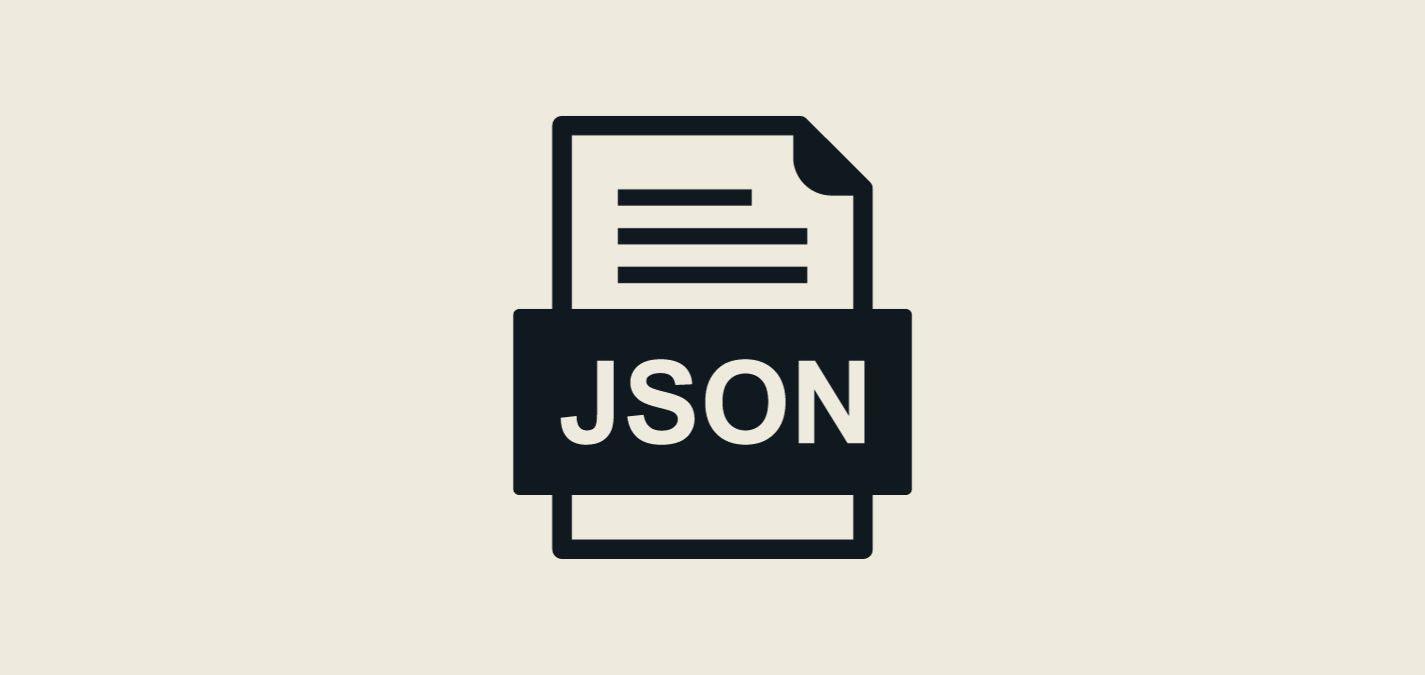However, as with any code, it is not immune to human errors. This article dives deep into the most common mistakes developers encounter when crafting JSON structures and offers troubleshooting tips to ensure seamless data exchange.
Missing Comma in JSON: Unmasking the Silent Culprit
In the realm of coding, some errors are boisterous, causing a ruckus and making their presence felt immediately. Then there are those subtle, stealthy ones that prefer to lurk in the shadows. When dealing with JavaScript Object Notation (JSON), one of the most discreet yet prevalent errors is the missing comma. Let's delve deeper into understanding this ubiquitous mistake and the solutions at hand.
Recognizing the Missing Comma Error
JSON is a delicate balance of keys, values, brackets, and commas. While it's human-friendly, it's not always 'human-error' friendly. One tiny missing comma can throw off the entire structure, making it unreadable for parsers.
So how do you know you've fallen victim to the silent culprit?
Error Indicators:
-
Parsing Errors: If your application is trying to read or parse a JSON file and runs into a problem, there's a high chance it's due to a missing comma.
-
Error Messages: Modern programming environments, browsers, and parsers often throw an error message. For example, you might see something like:
arduino"SyntaxError: Unexpected string in JSON at position xxx"This is a telltale sign. The position or line number indicated usually points to the location right after where the comma is missing.
Causes and How to Address Them
Why does this happen?
-
Manual Edits: When manually editing JSON, especially when adding new key-value pairs or rearranging the structure, it's easy to overlook a comma.
-
Generated JSON: Sometimes, tools or programs that generate JSON might miss out on placing commas correctly, especially if there's a bug in the generating code.
Solutions:
-
Review After Editing: If you've made manual changes to a JSON file, always review the lines you've edited. Ensure that each key-value pair, except the last one in a block, is followed by a comma.
For instance, in the below JSON:
json{ "name": "John" "age": 30, "city": "New York" }The missing comma after
"John"is a typical oversight that can be easily corrected. -
Use JSON Serializers: When generating JSON programmatically, use built-in JSON serializers provided by most programming languages. These automatically handle the placement of commas, reducing the risk of errors.
Tool Recommendation: JSONLint
For those unfamiliar, JSONLint is an online validator specifically designed for JSON. It's straightforward to use:
-
Copy-Paste Your JSON: Simply paste your questionable JSON code into the validator.
-
Instant Validation: Press the 'Validate JSON' button, and the tool will instantly review the structure. If there's a missing comma, JSONLint will point it out, often indicating the exact line and position.
-
Correction: Once identified, navigate to the problematic spot in your original file or editor and insert the missing comma.
The missing comma in JSON, while subtle, can be a significant hurdle in the smooth operation of applications. Armed with an understanding of its causes, a vigilant eye during manual edits, and the backing of tools like JSONLint, developers can efficiently tackle and prevent this silent culprit from wreaking havoc in their code.
The Unexpected Token Dilemma in JSON: Navigating Through the Maze
The world of JSON, though elegant in its simplicity, is not without its quirks. One error that can make a developer's heart skip a beat is the ominous "Unexpected Token" warning. It's like a cryptic whisper, suggesting that something's amiss, but what? Let's dive into this conundrum to get a better understanding.
Decoding the 'Unexpected Token' Error
In layman's terms, imagine reading a book and suddenly finding a symbol that doesn't belong—a misplaced emoji amidst a classic novel, perhaps? That's how parsers feel when they bump into an "unexpected token" in JSON.
Error Indicators:
-
Error Messages: The typical error message you might encounter is something along the lines of:
arduino"SyntaxError: Unexpected token x in JSON at position y"Here,
xrepresents the unexpected character, andydenotes its position. -
Runtime Errors: In applications where JSON parsing is crucial, encountering an unexpected token will likely halt the execution, leading to application crashes or unexpected behavior.
Root Causes: Getting to the Heart of the Matter
While many things can go awry in coding, here are some primary suspects behind the "Unexpected Token" error in JSON:
-
Extra or Stray Characters: This can be an additional brace, bracket, or any other non-JSON character. E.g.,
{ "name": "John" ]}— notice the closing square bracket? -
Absence of Quotes: JSON is strict about its use of double quotes. Keys and string values must be wrapped in them. So,
{ name: "John" }would be erroneous since "name" is not enclosed in double quotes. -
Trailing Commas: While some languages and parsers might be forgiving about trailing commas, JSON isn't. For instance,
{ "name": "John", }is a no-go in JSON. -
Invisible Characters: These are particularly nefarious because they're hard to spot. Copying and pasting from some sources, especially rich-text editors or websites, can sometimes introduce non-visible characters into your JSON.
Remedial Steps: Setting Things Right
-
Double Quotes: Always encase your keys and string values in double quotes. It's a simple rule, but one that's often overlooked. For example, ensure your JSON looks like
{ "name": "John" }and not{ name: "John" }. -
Vigilance Against Trailing Commas: After adding or removing items from a JSON object or array, double-check for any dangling commas.
-
Clean Copy-Pasting: When copying JSON data from external sources, always use plain text editors to ensure no invisible characters are carried over.
Tool Recommendation: JSON Formatter
One of the most reliable allies in battling the "Unexpected Token" error is the JSON Formatter. Here's how it can assist:
-
Spotting the Culprit: By pasting your JSON data into JSON Formatter, the tool will instantly highlight any issues, pin-pointing the exact location of unexpected tokens.
-
Beautification: Beyond troubleshooting, JSON Formatter can restructure and beautify your JSON, making it more legible and easier to work with.
-
Safe Parsing: It also ensures that the JSON is parsed safely, preventing any malicious code execution.
The "Unexpected Token" error in JSON, while daunting at first glance, becomes manageable with a deeper understanding of its origins and the tools available. A meticulous approach, combined with the supportive features of tools like JSON Formatter, ensures that developers can navigate this dilemma with confidence and proficiency.
Mismatched Brackets in JSON: A Deep Dive into the Structural Nightmare
JavaScript Object Notation, or JSON, has gained widespread adoption in the world of web development due to its simplicity and human-readable format. Yet, for all its ease of use, errors like mismatched brackets can create daunting challenges for developers. Let's delve deeper into understanding this common mistake and explore how to effectively tackle it.
The Role of Brackets in JSON
In the JSON universe, the brackets are akin to the pillars of a structure:
-
Curly Braces
{}: Represent objects. For example:{ "name": "John", "age": 25 } -
Square Brackets
[]: Denote arrays, which can contain multiple values or objects. For instance:[ { "name": "John", "age": 25 }, { "name": "Jane", "age": 30 } ]
When there's a mismatch or misplacement of these brackets, it's akin to a building with a misaligned pillar – the structure simply won't hold up.
Examples of Mismatched Brackets
-
Missing a Closing Bracket:
{ "students": [ {"name": "Alex", "grade": "A"} }In the above example, a closing square bracket
]for thestudentsarray is missing. -
Extraneous Brackets:
{ "subject": "Mathematics", "scores": [85, 90, 95,] }Notice the trailing comma after the last score. While not a bracket mismatch, it's a related mistake that many parsers will flag as an error.
-
Swapped Brackets:
{ "books": { "title": "The Great Gatsby", "author": "F. Scott Fitzgerald" ] }Here, an array was likely intended for
books, but curly braces were used to open and a square bracket to close.
Tips & Solutions for Avoiding Mismatched Brackets
-
Consistent Indentation: By maintaining a consistent indentation, it becomes easier to visually spot mismatched brackets. Many code editors offer automatic indentation for JSON, so be sure to leverage that.
-
Bracket Pair Colorization: Some advanced text editors and IDEs (like Visual Studio Code) offer features like bracket pair colorization. This assigns matching brackets the same color, making it easier to identify pairs at a glance.
-
Utilize JSON Validators: Before finalizing your JSON structure, run it through online validators like JSONLint or JSON Formatter. They'll highlight mismatch errors, often pointing directly to the problematic line.
-
Code Editor Extensions: Many code editors offer extensions or plugins specifically designed to catch JSON errors in real-time. Consider adding one to your toolset.
-
Manual Review: Especially for complex structures, taking a few moments to manually walk through your JSON can be beneficial. Follow the flow of your brackets to ensure that every opening bracket has a matching counterpart.
Templates to Ensure Proper Bracket Pairing
When starting a new JSON structure, using a basic template can ensure you begin on the right foot. Here's a simple template you can adapt:
For objects:
{
"key1": "value1",
"key2": "value2"
}
For arrays of values:
[
"value1",
"value2",
"value3"
]
For arrays of objects:
[
{
"key1": "value1",
"key2": "value2"
},
{
"key1": "valueA",
"key2": "valueB"
}
]
While JSON offers a streamlined and efficient way to structure data, the importance of meticulous bracket pairing cannot be overstated. Mismatched brackets can be a source of great frustration, but with awareness, the right tools, and diligent practices, developers can minimize these errors and ensure the integrity of their JSON data structures.
Conclusion
Effective and error-free JSON writing demands diligence, attention to detail, and regular validation. Tools are excellent aids, but manual oversight remains crucial. As JSON continues to be a mainstay in data representation and interchange, mastering its intricacies is crucial for every developer. By understanding common pitfalls and their remedies, the journey with JSON can be much smoother and productive. Remember, every error is an opportunity to learn and refine one's coding practices. So, keep coding, keep validating, and keep learning!




